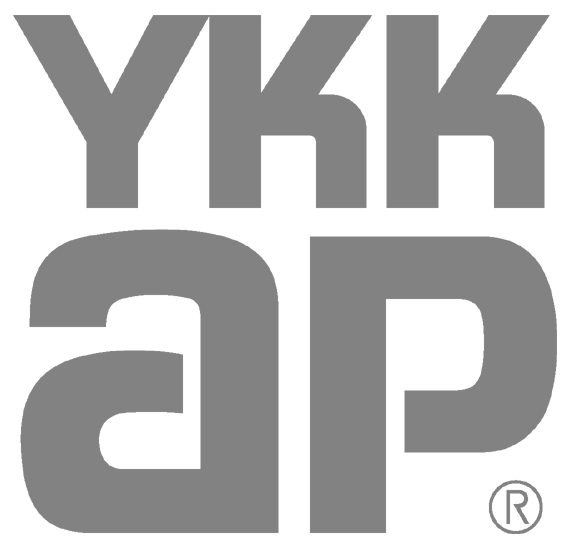
The term “3D printing” has come to be widely used, but the technical name for the technology is “additive manufacturing” (AM). It is defined as “a manufacturing method for actualizing objects by combining materials based on 3D modeling data”, and there currently exist seven methods of AM: vat photopolymerisation, material jetting, binder jetting, powder bed fusion, sheet lamination, material extrusion, and directed energy deposition. Each is associated with specific materials, such as plastic, metal, concrete, cement, ceramic, glass, food, and cells.

This technology, which emerged in the 1980s to 1990s for the purpose of enabling rapid prototyping in corporate manufacturing, began to spread extensively when compact desktop machines became available around 2005. As a result, it was adopted widely by not only companies but also individuals, and it became the driving force behind the “maker movement” and citizen workshops, or “fab labs”, that were established in a variety of places. Yet, issues remained with its printing speed, strength, and quality, and it was still mostly only used for fabrication by a particular demographic of individuals and communities. However, these issues were gradually resolved by research and advancements during the 2010s, and the technology has now reached the point where final products can be directly manufactured. Unlike with mass production, 3D printing allows products to be individually customized, and there exist examples of products being sold in the footwear, automobile, and architecture industries by capitalizing on this characteristic.

Over the past decade, 3D printers have expanded their potential through being coupled with three major elements. The first is computational design. One can now directly give material form to computationally generated designs. The second is new and composite materials. The greater variety of materials that are now compatible with 3D printers allows for a wider range of expression. The third is open collaboration. It has become commonplace for people of different backgrounds to build co-creative communities through working together on making things. As it happens, all three of these elements can be connected to Gaudí. One of the roots of computational design lies in Gaudí’s inverted hanging models, which he used for exploring the structural rationality of his designs. It is also a well-known fact that Gaudí gave careful consideration to the materiality of his work in relation to light, shadows, and the surrounding environment, and that he constantly collaborated with various people, such as artisans. One could thus say that Gaudí’s spirit is being carried on through 3D printing as it continues to evolve day by day.
3D printers are used in architecture in two ways: to print entire buildings (using materials such as concrete, earth, and plastic) and to print parts of buildings (roofs, facades, partitions, etc.). Examples of printed buildings are often identifiable by their rounded forms and curved surfaces. While these features can be attributed to operational constraints of large-scale 3D printers that make right-angled corners difficult to form, one could alternatively consider this limitation as an opportunity for forging new formal languages that depart from that of conventional formwork-based concrete construction. Similarly, while 3D printed objects are marked with striations known as layer lines during the printing process, many ideas have been devised in recent years to incorporate these marks into designs. Examples of printed building parts often embody attempts to combine the power of computational design and new materials to produce new functions (e.g. acoustic effects, ventilation, humidity control, light diffusion, etc.) that were impossible using conventional means, as is the case with the windows of this exhibit.

Currently, there is a new field emerging called “4D printing”. It deals with making 3D-printed materials that transform or move when subjected to environmental changes or energy input. Put differently, the field is exploring ways to make things that can quietly transform without using electricity. While not as powerful compared to the motorized operations of automobiles and robots, the technology enables things such as windows to transform delicately, organically, and beautifully like flower petals or open and close automatically based on the temperature, all without the aid of electric power. It looks to forge a new path for realizing a future that is harmonious with nature while reducing energy use. If Gaudí were alive today, how would he have incorporated this technology into his work? This exhibit offers ideas of what he may have created.






